Welder Power Adapter

|
|
And the result is this. This approach also allowed the neutral and ground wires to be joined as one so they fit under one tap. One of the main differences between the "old" (pre-1996) and "new" plug styles is in the fourth wire to serve as a dedicated neutral. The old style (including the current welder style 10-50R) uses the ground wire as both the ground and neutral. In fact, this wire often isn't even shielded. This is electrically acceptable because this wire carries the return current at no voltage. But it doesn't provide a separate safety ground in the event of its failure. Electrically, both go to the same place, which is ... the ground. It's the path that makes a difference, and the key is that the path should never be us.
|

|

|
|
So it's time for a little prong surgery. By reducing the width of the common pin, both "10s" are compatible with each other, as are the "14s". Now, you might be thinking, oh, dangerous. But actually, it's not. The welder draws 240 volts at a maximum 20 amps. All these connectors are rated to either 30 or 50 amps. Trimming the pin down also doesn't actually decrease the contact area because the receptacle doesn't use the right-angle bend anyway. It's only there to ensure physical compatibility.
|
|
There was no convenient way to clamp these plugs. This was a bit loud.
|
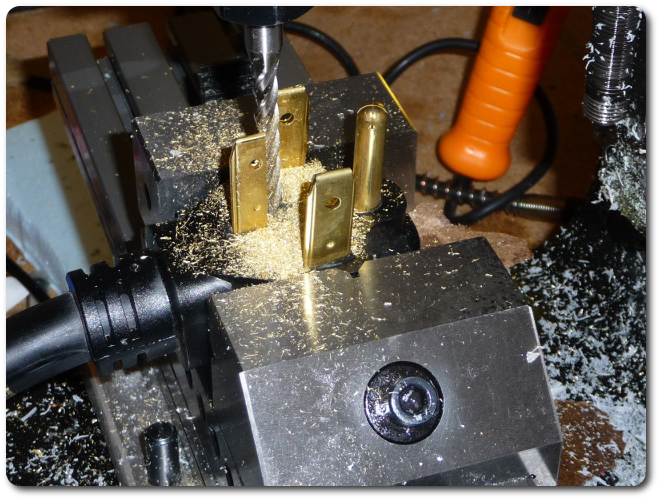
|
|
Canting the bit about 10 degrees to the left cut down on the vibration because the contact area migrated up the pin as a function of horizontal movement, instead of cutting the pin all at once.
|
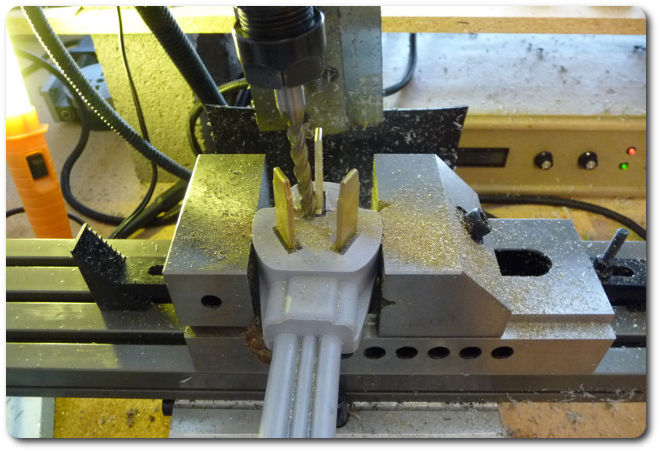
|
|
The only problem with canting is tramming the mill back into vertical alignment afterwards. This requires a lot of back-and-forth measurement with a 0.0005" dial indicator, a dead-blow hammer, and a big wrench to tighten the vertical column.
|
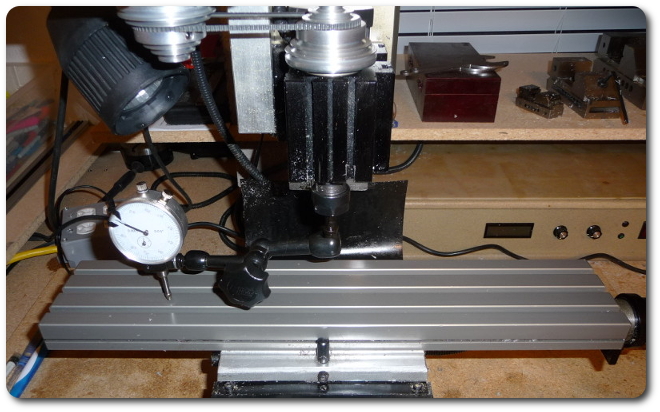
|
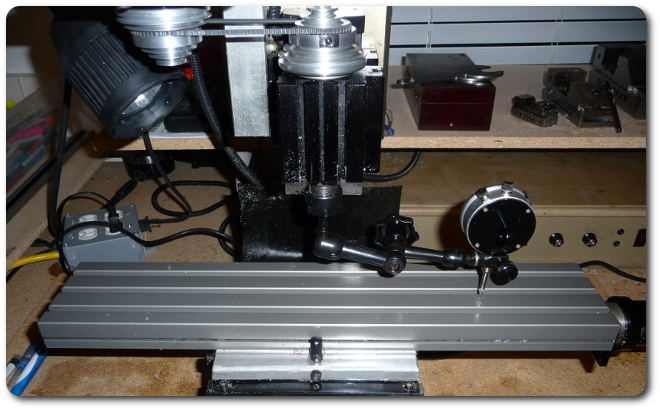
|
|
Inside the box goes a little power LED. I always get a kick out of ramming 120 volts AC through one of these. It doesn't seem like it should work, or at least not without a big pop and some magic smoke.
|
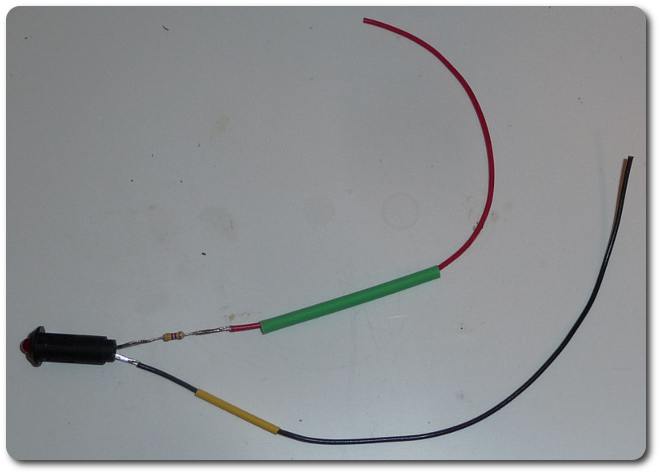
|
|
It wires up to one leg of the 240V line.
|

|
|
And then the big boys (8-gauge) come into the picture (although they do look a little wussy with that frill).
|

|
|
Closed up and plugged in, this is what it looks like.
|

|
|
It's nothing special, but it sure makes life easier. Now I can use any of my electric welders with any of five receptacles, at least one of which is found in any house.
|
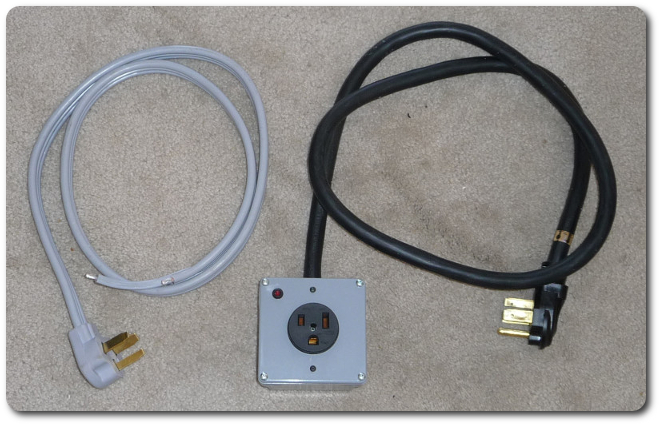
|
|
You might wonder why I went with two different cables instead of one cable with interchangeable plugs. That would have been a better solution, but this project started out as mom's fence project over the holidays, and I didn't have a lot of options. I had to get the one cable (gray 10-50P) that fit her range, which I couldn't return after I had cut it up. At that point, it made more sense to get the other cable (black 14-50P) and adapt both. The blue cable is a 50' welder extension cord, which has the flexibility of a frozen garden hose.
|
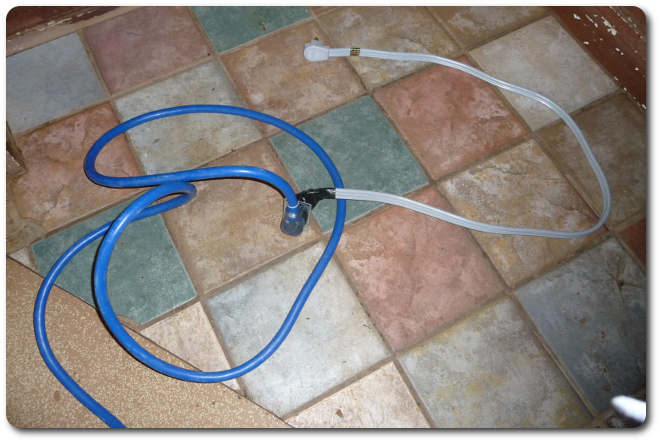
|

|
© 2025 Dan Tappan and Eastern Washington University
— last updated 9 Apr 2025 15:44